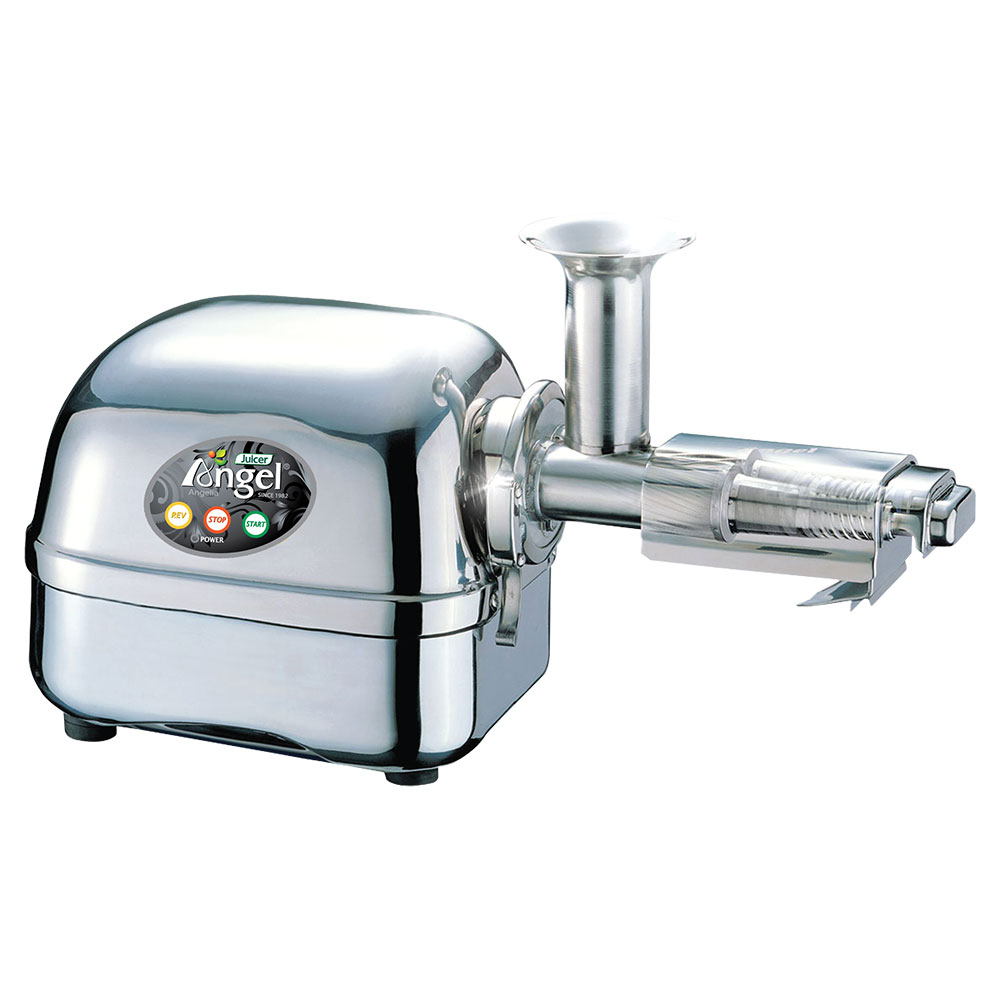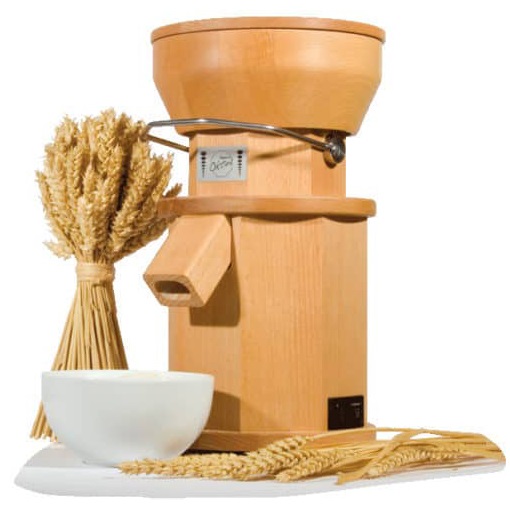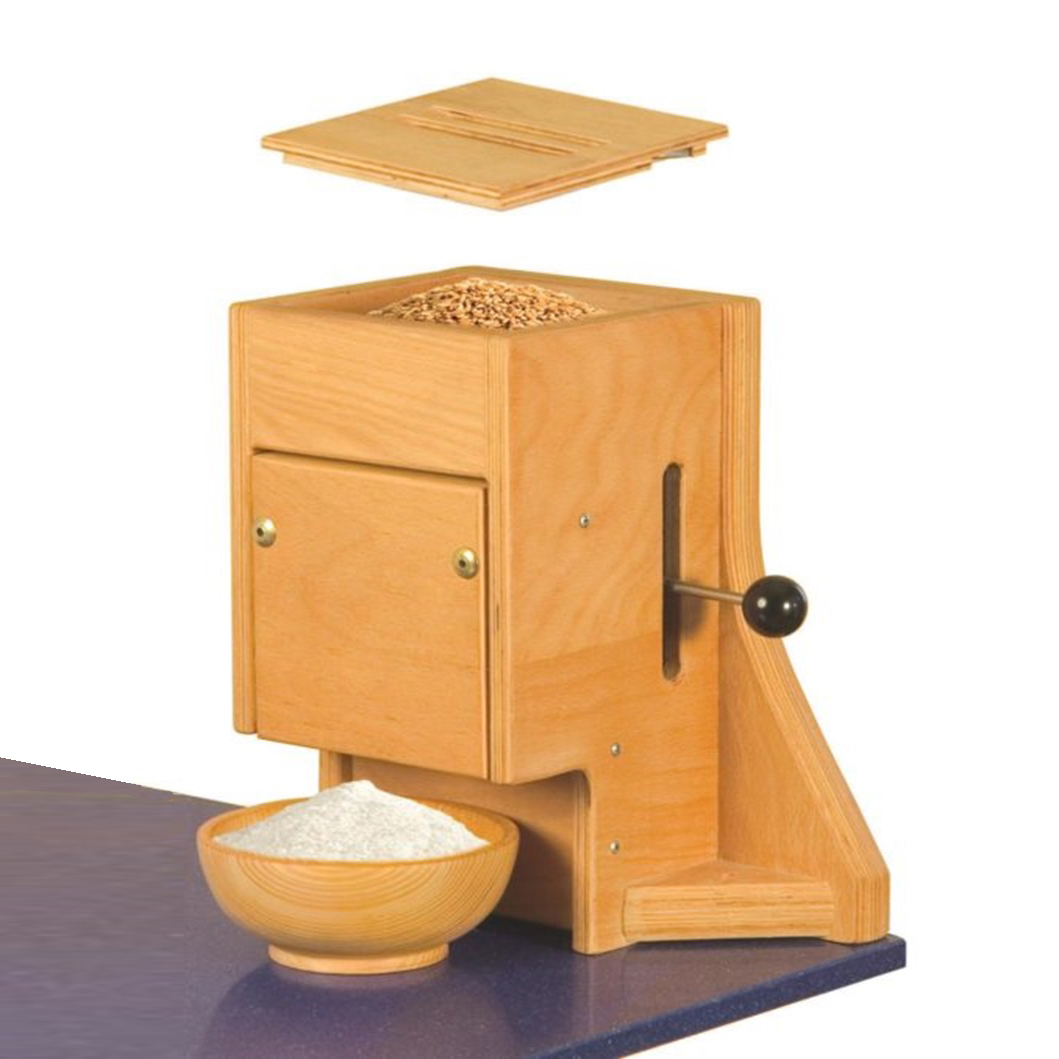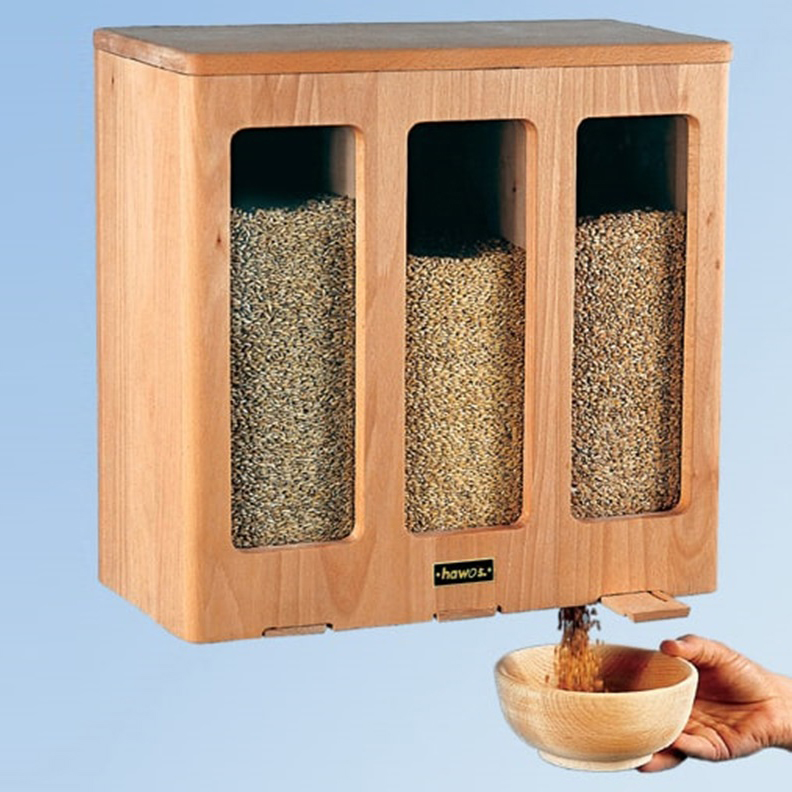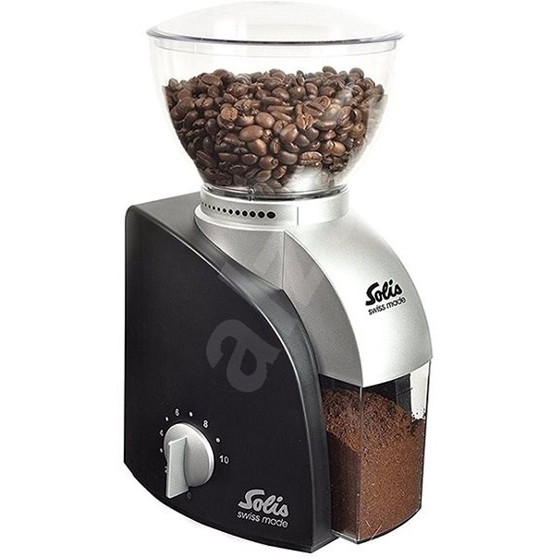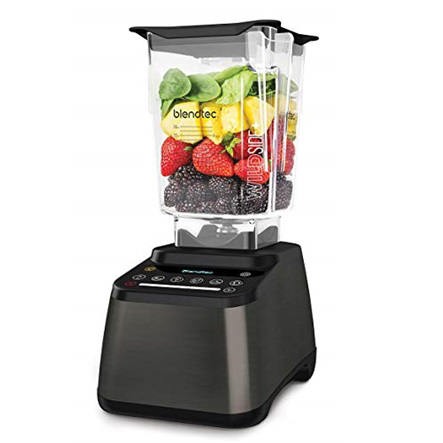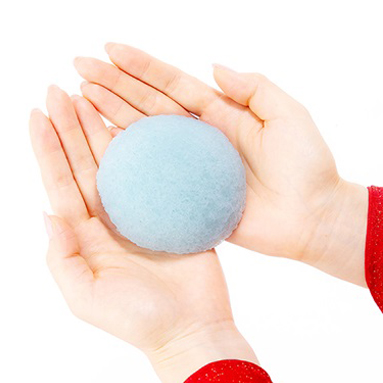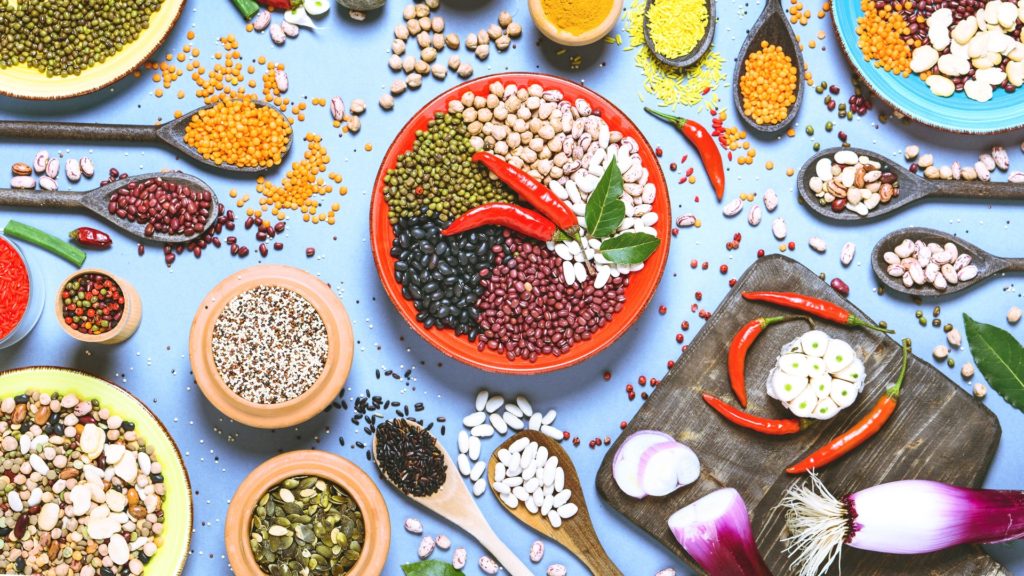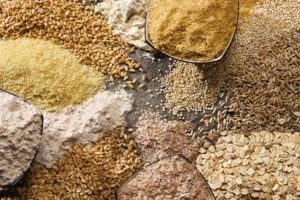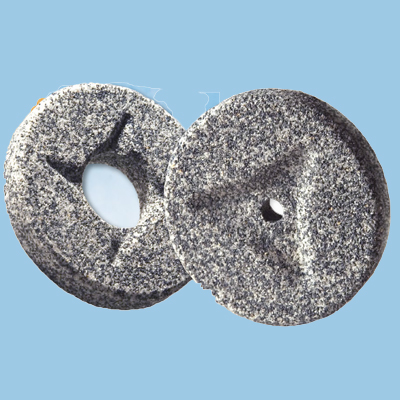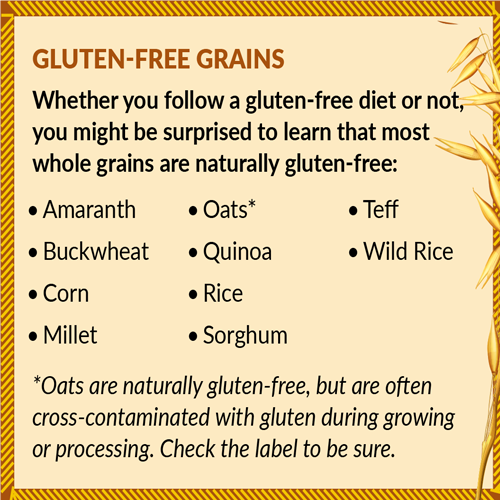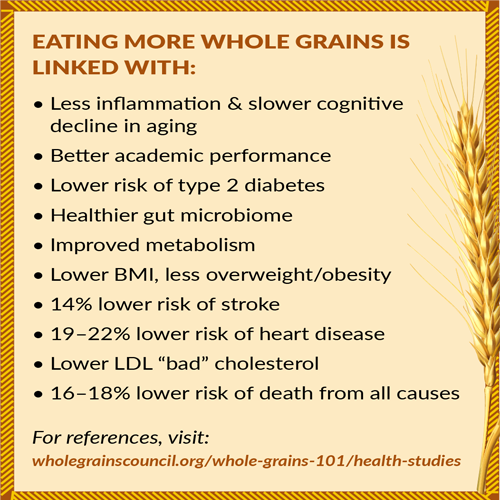It’s official: FDA has defined how the term “gluten free” can be used on food labels. This ruling has been a long time coming; Congress asked FDA to set a standard in 2004 and FDA published a proposed rule in January 2007–and here we are, 9 years later, with a ruling!
According to the new rule, foods may be labeled with the words “gluten free” if the food is inherently gluten-free and/or if it contains less than 20 parts per million (ppm) of gluten.
This level came as no surprise, as it was the level talked about for some time, and is in line with levels already adopted by Canada and the european union. Because the 20 ppm level has been talked about for so long, most commercial products on the market are thought to be already observing the “new” FDA definition.
The rule becomes effective 30 days after publication in the Federal Register, but foods currently in the pipeline may still appear on grocers’ shelves for up to a year, as long as their labels are truthful and not misleading. The new standard is voluntary, which means that gluten-free foods are not required to be labeled as such – just that, if the term gluten-free is used, it must meet this definition.
FDA is not mandating any particular format or positioning of these words on the label; they’re not part of the Nutrition Facts Panel, for instance. There’s also no official government logo or symbol being proposed.
Just as we saw “cholesterol free” slapped on fruits, vegetables and other foods with no cholesterol a few decades ago, we can now expect “gluten free” to appear on foods that are inherently gluten free, as companies try to cash in on interest in gluten free foods. (FDA gives the example of bottled spring water.) In the case of gluten, however, labeling makes more sense. Cholesterol doesn’t cross-contaminate nearby foods, and we’ve never heard of anyone who gets sick if they accidentally eat a tiny amount of cholesterol.
It’s different with gluten. Although gluten (a protein found in wheat, rye, barley and triticale) is not a problem for most people, an estimated one percent of the population has celiac disease, a condition in which even small amounts of gluten can cause serious health problems. Another small percentage of people have what’s called non-celiac gluten sensitivity; while they do not react to gluten as seriously as do celiacs, they feel better when they avoid gluten. Even foods inherently gluten-free – including most whole grains – could be contaminated with gluten during processing or manufacturing or even during the growing process.
So this ruling is good news for everyone with gluten intolerance of any level. The Whole Grains Council is delighted that the FDA has at long last finalized this important standard.

